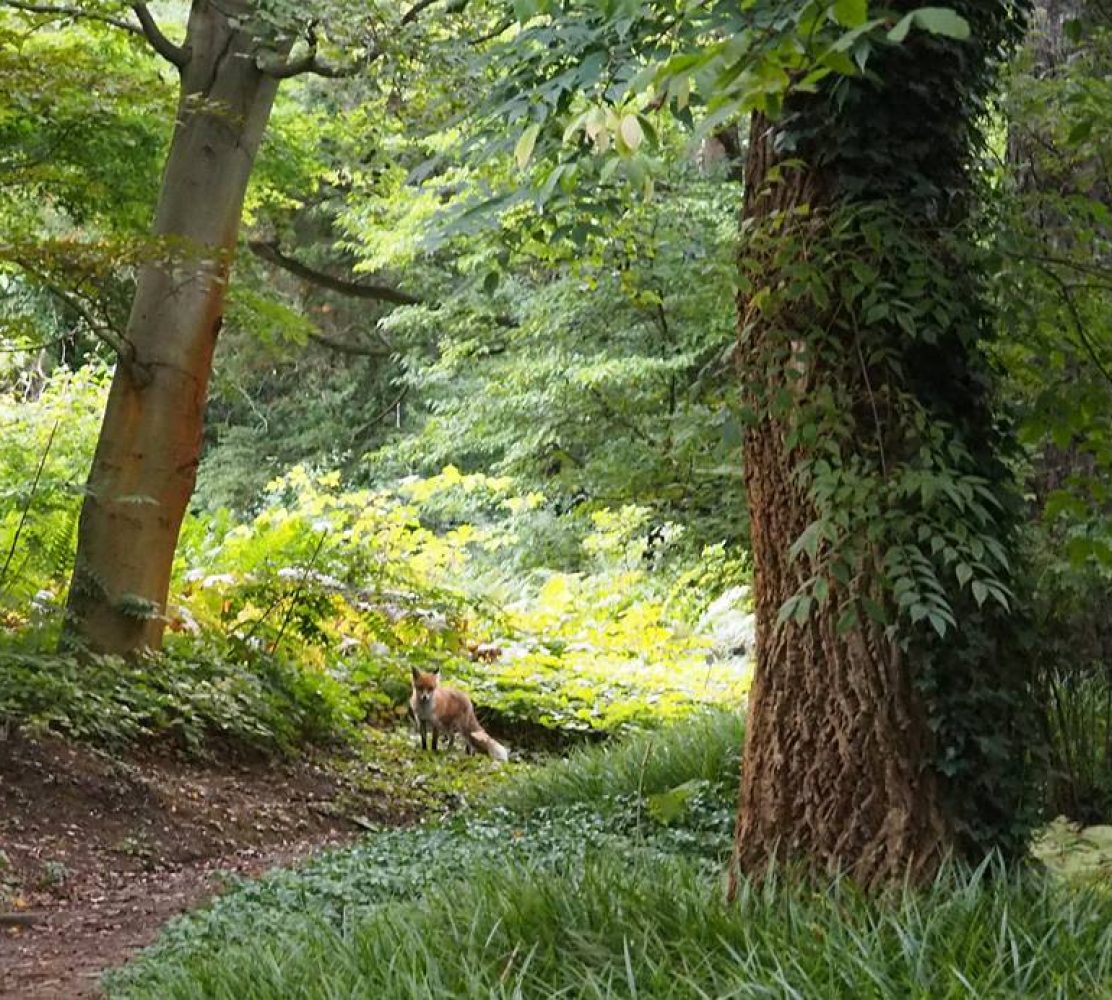– The Cape Floral kingdom. Apart from the fragrant aromas, fynbos and other plants in the Cape Floral kingdom are also beautiful to look at. In all seasons you will see different flowers, and even some of the leaves of these plants have wonderful colours, shapes and textures. It can turn anyone into quite a Macro addict. The Cape floral kingdom is the one of only six floral kingdoms in the world, and although it is the smallest it is known for its incredible diversity, being the richest in terms of plants per area. On Table mountain alone are 2200 species, more than the entire United Kingdom. The level of diversity is comparable to tropical rainforests. For example, of Ericas (heaths), there are over 600 species in the Cape, and only 2-3 dozen in the rest of the world. Fynbos consists of three main groups, the Proteas, Ericas (heaths) and Restios (reeds), and other plants in the Cape Floral kingdom include bulbs and indigenous trees. If you want to dazzle your eyes with rainbow colours, just search on google images for “cape floral kingdom“! As these plants are adapted to niche environments, many of them are not easy to grow in the garden, but you can enjoy them all in the wild by going for a walk in the mountain. If you ike birds, also look out for the colourful sunbirds that drink from sweet flowers such as Proteas.
– The views. Because Table mountain is only 1086m at its highest point, you might not expect it to have impressive views. However, because it has relatively steep cliffs heading up to a plateau, and looks out over the sea from many points, the views are actually amazing and the mountain itself is very beautiful. In the indigenous Khoi-San language, Table Mountain is called “Hoerikwaggo”, meaning “mountain in the sea”, because from shores opposite that is exactly how it appears. Because it is near the sea, clouds often form around the top of the mountain and the mists cascade over the edge of the “table” like a waterfall. Sometimes the top of the mountain is even above the clouds, and watching a sunset from the top of the west-facing side is a sight to behold, with the clouds lighting up in shades of gold and pink, and shining strips of light reflecting on the sparkling sea below. Even those who can’t hike up the mountain can see some of the best views from the cable car station.
– The many trails. There are many paths in the Table mountain range (the Cape Fold Mountains), including other smaller peaks around such as Devil’s Peak, Lion’s Head and Karbonkelberg. There are paths leading through forest, for when it’s a hot summer’s day (such as Skeleton Gorge, Dark gorge and Echo valley), and paths in full sun, like Constantia Nek, Constantia Corner and Vlakkenberg. You can do an easy walk along the contour path or pipe track, an energetic walk up many stairs or over boulders, or a more adventurous walk with some rocks and ladders to scramble over, or even chains or bolts. There are also places for climbing on the mountain. Once on top of the mountain there are many areas to explore, including the dams, caves, rock cracks, waterfalls, forests, aqueducts and areas with interesting boulder formations. The flat plateau on top of the mountain is interesting to walk along too, as it feels as if you are in a field, yet you are high above the city. In some parts of the mountain it feels as if you are far away from the city, surrounded by nature. You could probably try a different trail every weekend of the year, and in every weather and season the mountain has its own character. And when evening falls, and the sun has sunk below the sea, you can see the glittering of a thousand city lights down below.
Here are some tips for exploring the mountain:
– Be careful: some people think that because it isn’t a very high mountain, there is no danger. But the weather can be changeable and some routes have tricky sections or high exposure. Be informed about the route that you are going on so that you make sure it is within your capabilities. Put the number of mountain rescue into your mobile phone and make sure your phone is charged (but only call if absolutely necessary as rescues take time and money). Don’t hike alone.
– wear shoes with good grip. Many paths are made of rocks, and rocks can be slippery in places.
– take enough water. If it is hot or you are climbing steep hills you will need to drink a lot. A 1.5L bottle of water is advisable. I like to take it in two 750ml bottles as it stops you going through it too quickly. There are some places to fill up on the mountain (e.g. by the dams, waterfalls, streams, and bathrooms at the cableway station). The water in the streams is drinkable if it is running.
– take a waterproof, warm jacket.
– take some sweet snacks (for energy) and some salty snacks (to replace salts lost through sweating) as well as a lunch – hiking makes you hungry!
– if you have one, it’s a good idea to carry a headlamp in your backpack – you never know when you might need it!





































































































Wow! This is such a great post! You definitely showed Table Mountain, not just the awesome look of it, but the feel as well – thank you for this experience!
Thank you! 🙂 It’s a really good idea for a blog event, so thanks for inspiring me!